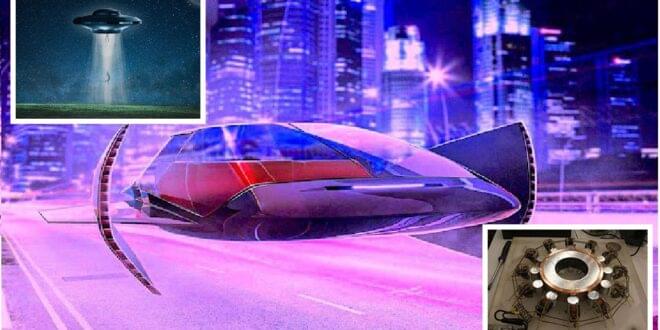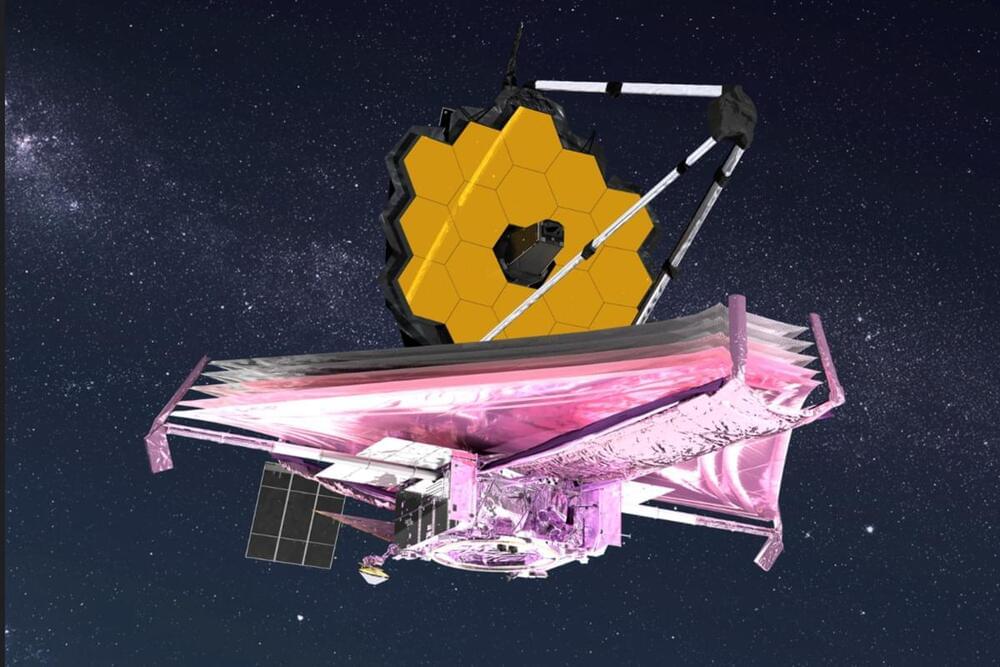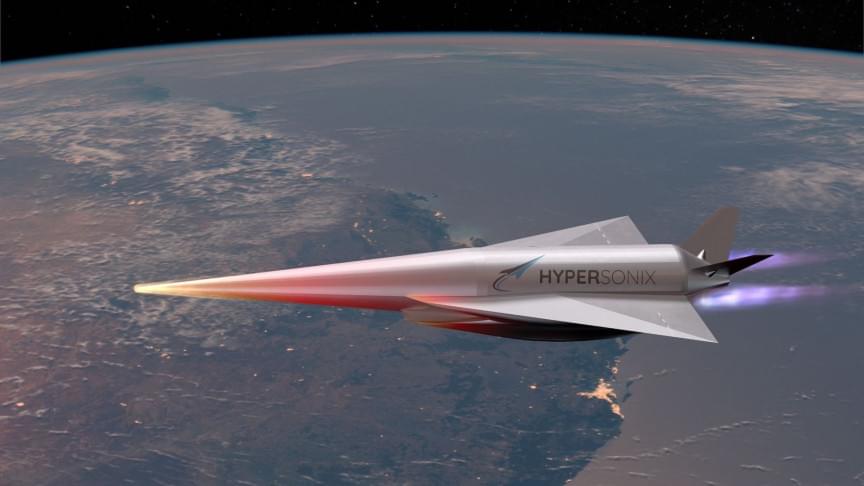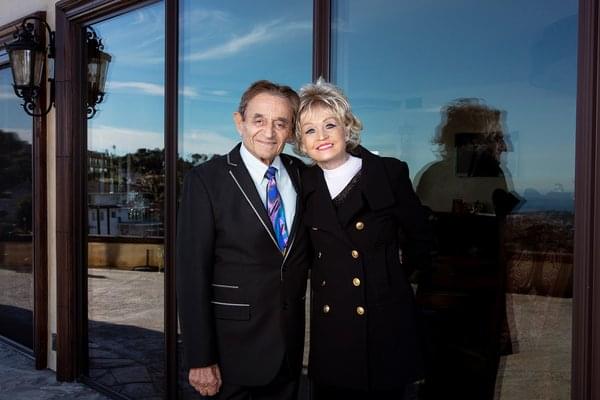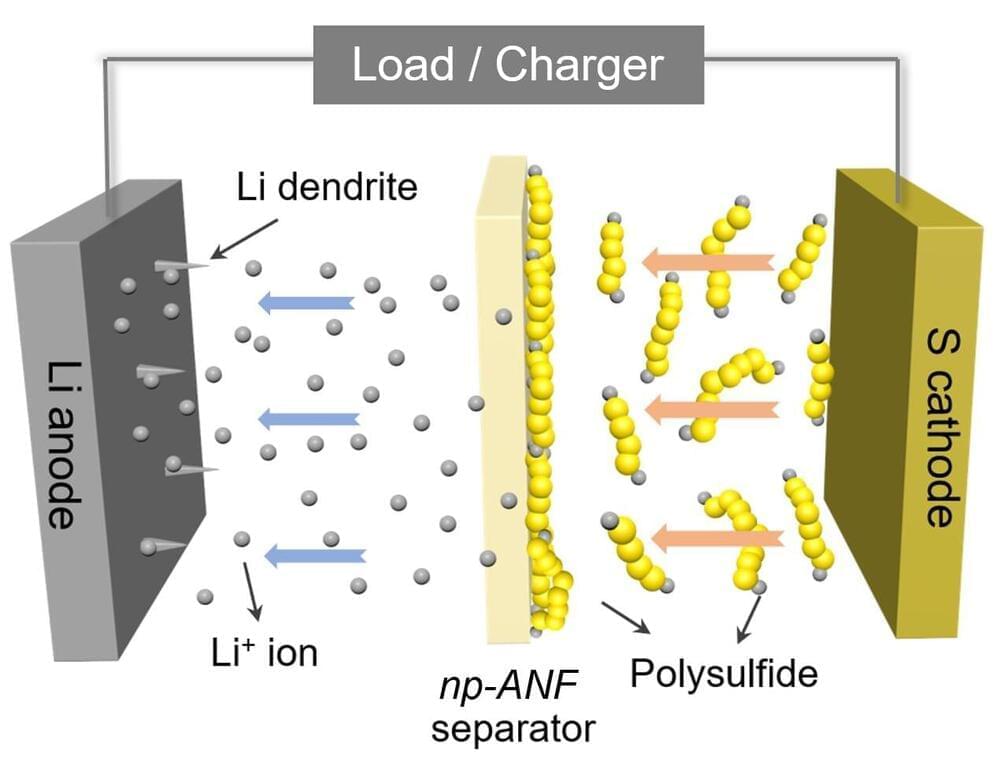Jan 17, 2022
Dimming the Sun Could Spell Doom for Humanity, Experts Warn
Posted by Gemechu Taye in categories: climatology, engineering, policy, sustainability
Policy experts and scientists are coming together to stop such experimentation.
Back in March of 2021, we brought you news of a study from the Bill Gates-backed Harvard University Solar Geoengineering Research Program which aimed to evaluate the efficacy of blocking sunlight from reaching our planet’s surface in order to delay the effects of climate change.
Now, more than 60 policy experts and scientists have come together to claim that these kinds of geoengineering initiatives are very dangerous for humanity, according to Phys.org.
Continue reading “Dimming the Sun Could Spell Doom for Humanity, Experts Warn” »

